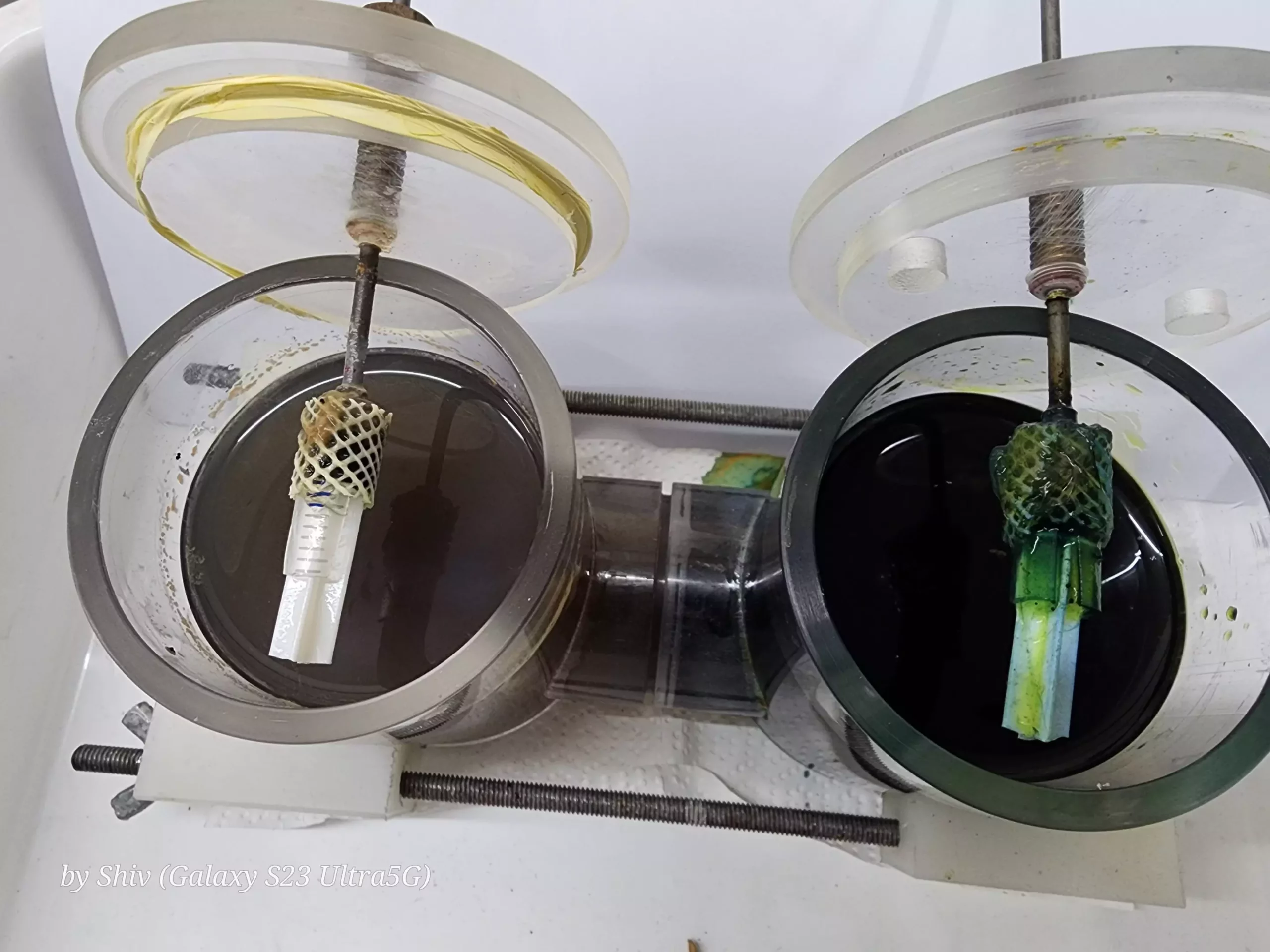The modern world faces an increasing urgency to manage waste sustainably while addressing energy needs. Amidst this dilemma, microbial fuel cells (MFCs) emerge as a groundbreaking solution that harnesses the metabolic activities of microorganisms, particularly bacteria, to transform waste into energy. In this article, we delve into the potential of MFCs and an innovative development in this field: the capacitive NiO-N-CNF/ACB electrodes.
At the heart of microbial fuel cells is the fascinating ability of microorganisms to convert organic materials—often deemed waste—into electrical energy. By using bioelectrochemical systems, these cells deploy the natural processing capabilities of microbes, particularly in wastewater environments. In a time where renewable energy is more critical than ever, MFCs offer both a way to generate power and to treat wastewater simultaneously, presenting a dual benefit that could transform how we approach waste management.
A notable advancement in MFCs is the incorporation of capacitive electrodes that significantly enhance energy generation. The specific study that focuses on NiO-N-CNF/ACB electrodes illustrates a new synthesis method that allows for a more effective interaction with wastewater. These electrodes facilitate the growth of biofilms composed of electroactive bacteria, which are essential for capturing electrons efficiently. By enabling a thicker biofilm, we can liken it to a system where the electrons produced resemble the energy boost from adding multiple batteries in series.
The amalgamated materials of these electrodes—comprising nickel oxide and carbon nanofibers—work synergistically to improve overall efficiency. The unique textured surface of the electrodes increases the contact area for the bacteria, thus promoting a more rapid exchange of electrons. This interaction is not just an enhancement of power output; it’s the foundation of effective microbial fuel cell technology.
The recent studies have reported remarkable performance metrics when using these electrodes. Achieving an open-circuit potential (OCP) of 0.8 V and a power density of 2,900 mW per cubic meter demonstrates that MFC technology is not only viable but superior for energy generation from waste streams. These figures translate into a highly efficient electron transfer process that signifies significant advancements in the capability of MFCs.
Moreover, the capacity of these electrodes to reduce chemical oxygen demand (COD) by 74% highlights their dual purpose: not only generating electricity but also significantly improving wastewater quality. This reduction equates to a tangible environmental benefit—cleaning our water sources while simultaneously generating energy—a compelling proposition for municipalities struggling with both energy shortages and polluted water bodies.
The environmental implications of deploying MFCs with improved electrodes extend far beyond energy generation. As we redirect our focus toward sustainable practices, these systems become pivotal in combating water pollution and managing waste. By treating wastewater efficiently, biodiverse ecosystems can thrive, benefiting public health and the natural environment alike.
Furthermore, the inherent biocompatibility of the NiO-N-CNF/ACB electrodes ensures that they blend seamlessly with existing microbial communities. Specific bacterial strains—like *Raoultella ornithinolytica* and *Serratia marcescens*—play crucial roles in biofilm maturation and efficiency. Their ability to adapt and thrive in these environments unlocks the potential for even greater advancements in biowaste management technologies.
Looking ahead, the scalability of these systems presents an enormous opportunity. Imagine wastewater treatment facilities not merely expending energy to operate but generating a surplus of electricity. This vision could redefine the operational models for treatment plants globally, combining resource management with renewable energy generation in one cohesive approach.
The advancement of microbial fuel cell technology, particularly with the introduction of capacitive NiO-N-CNF/ACB electrodes, heralds an era of rethinking waste management. No longer seen merely as a burden, waste transforms into a resource for energy, creating an integrated approach to environmental sustainability.
As scientists and engineers continue to optimize these systems, the dream of self-sustaining wastewater treatment plants could soon become a reality. Through interdisciplinary collaboration and innovative materials, we are on the brink of an ecological renaissance that not only generates clean energy but supports the health of our ecosystems. In moving forward, we must embrace this potential, ensuring that our transition toward a sustainable future is not only achievable but realized. By turning waste into energy, we are paving the way for a cleaner, brighter world.


Leave a Reply